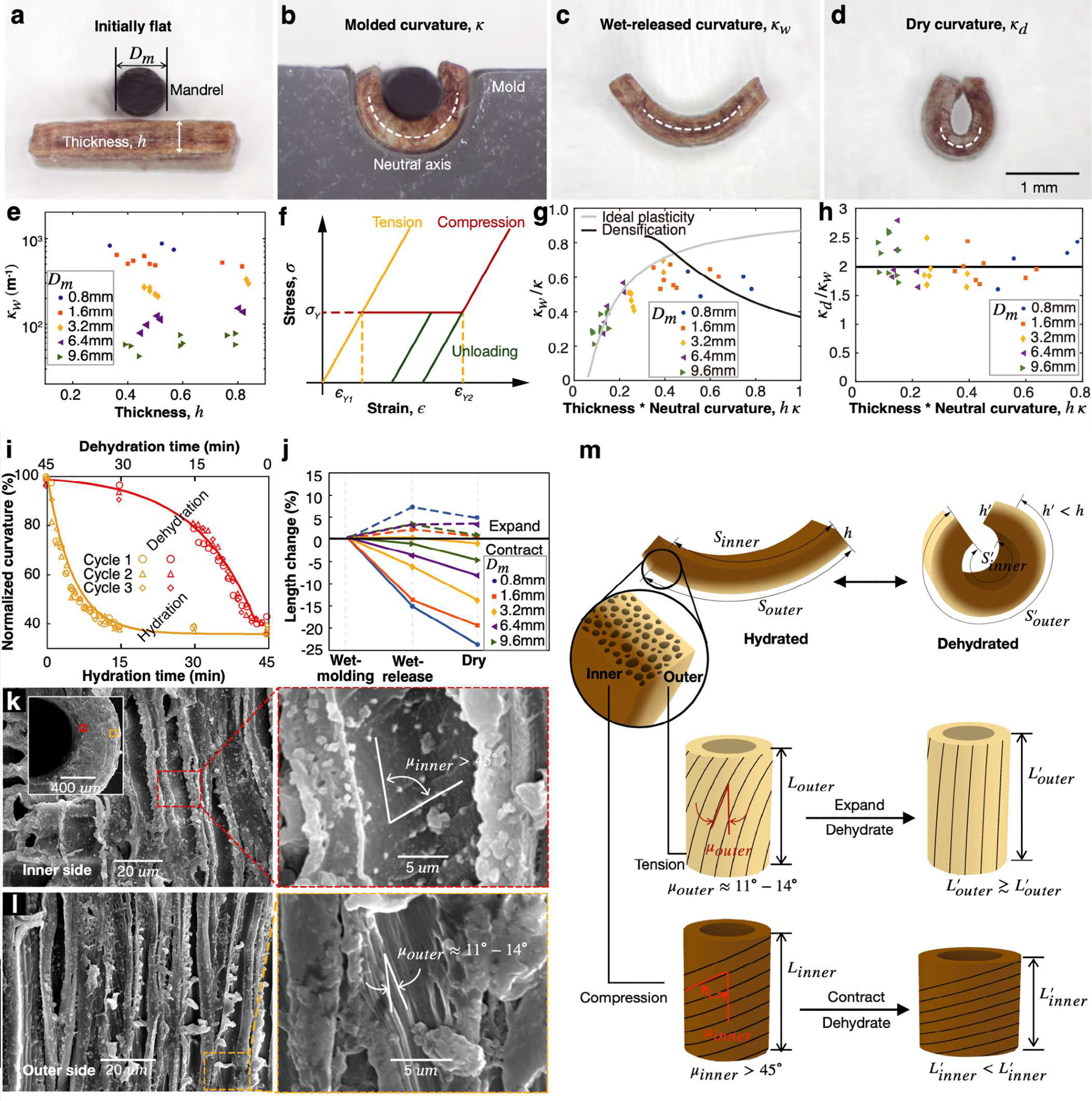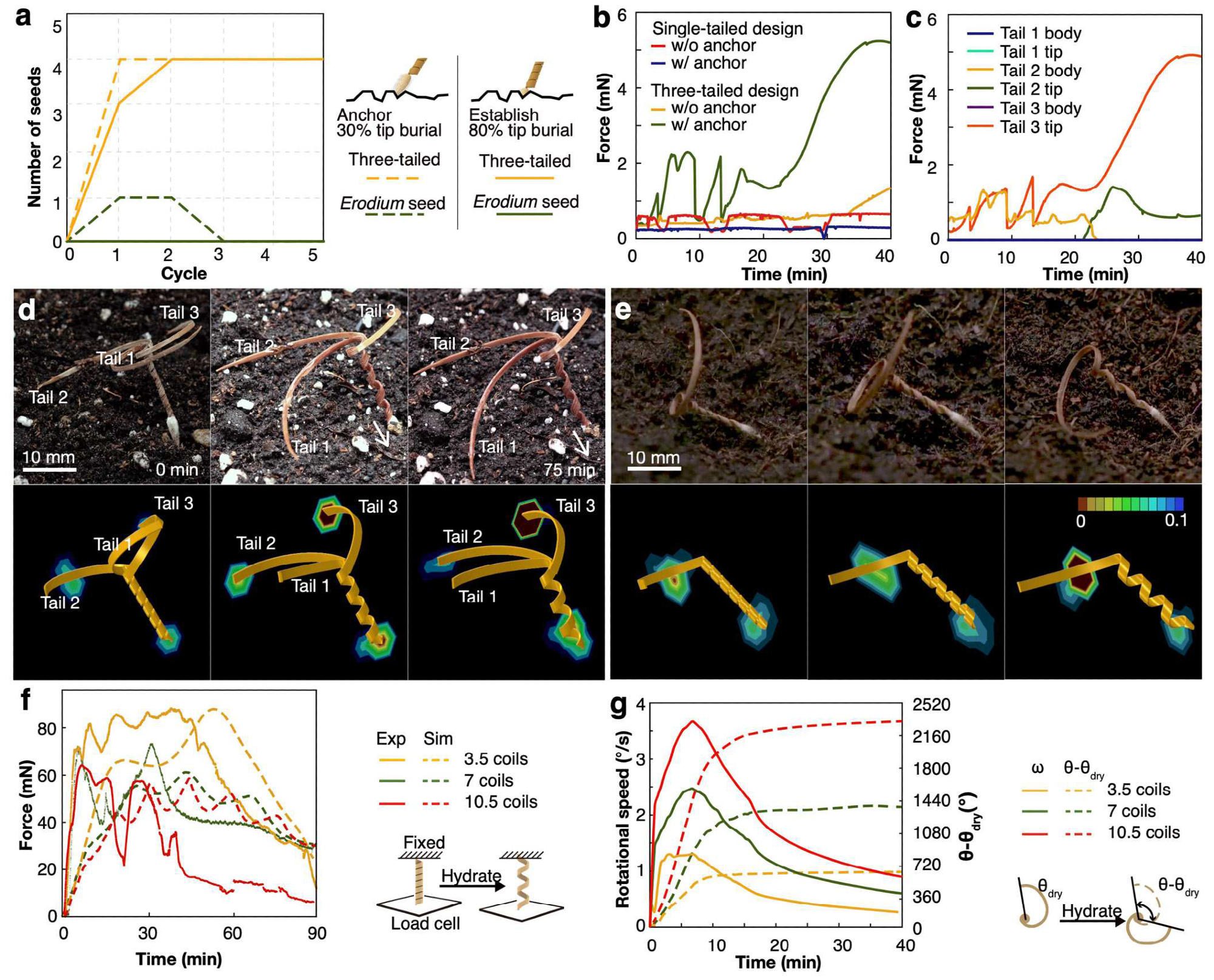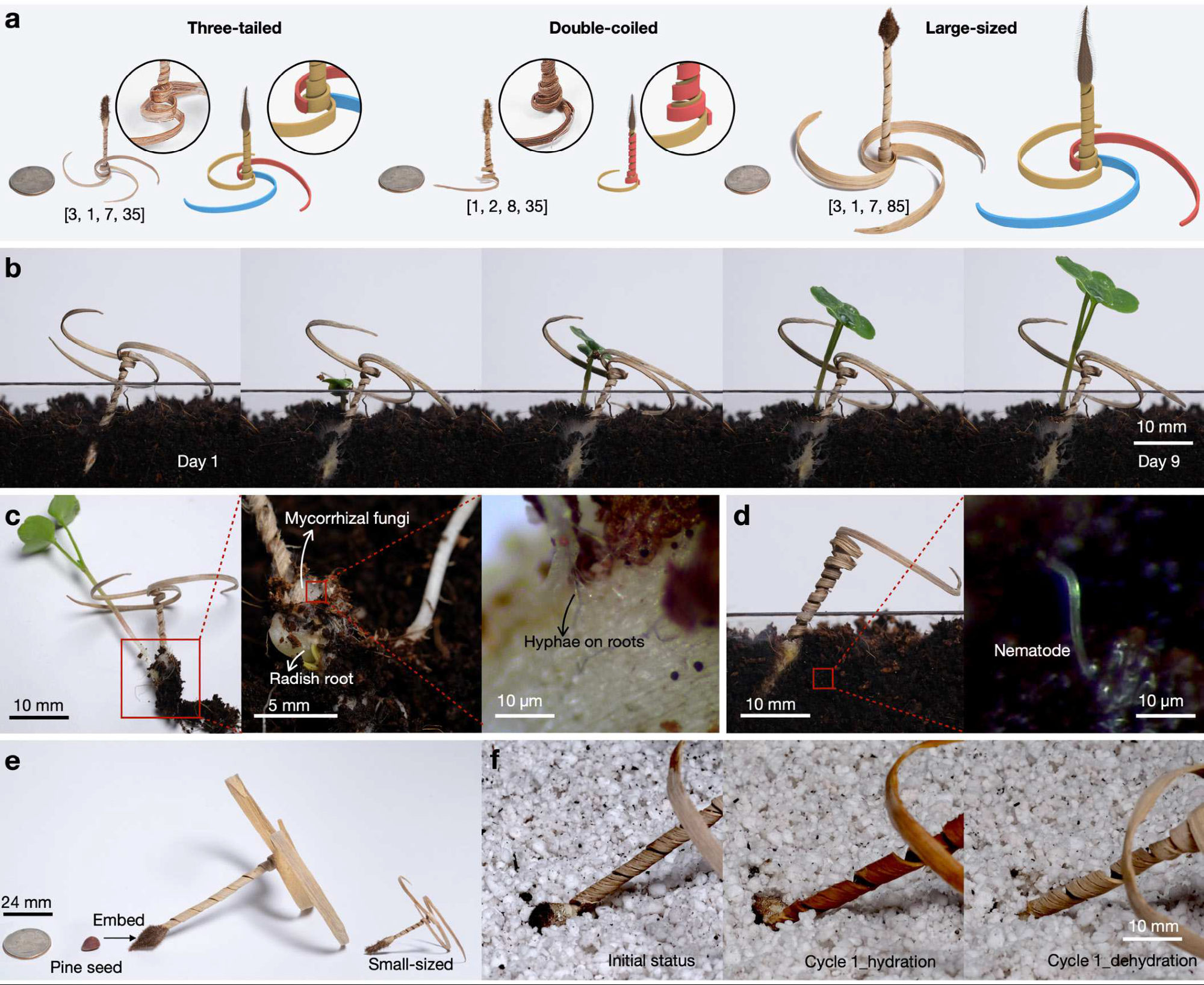 By Surbhi JainReviewed by Susha Cheriyedath, M.Sc.Feb 23 2022
By Surbhi JainReviewed by Susha Cheriyedath, M.Sc.Feb 23 2022In a pre-print article posted to the server Research Square in submission to the journal Nature Portfolio, the researchers reported aerial seeding with superior success rates using autonomous self-drilling seed carriers.

Study: Autonomous Self-Drilling Seed Carriers for Aerial Seeding with Superior Success Rates. Image Credit: Gorodenkoff/Shutterstock.com
Background
Aerial seeding can swiftly cover huge, inaccessible regions to enhance soil quality and scavenge residual nitrogen in agriculture, as well as for post-fire reforestation and wildland restoration. Unburied seeds are exposed to harsh sunlight, wind, granivorous birds, and unfavorable air humidity and temperature, resulting in low germination rates.
The awn of natural Erodium seeds uncoils and coils reversibly in response to changes in environmental humidity, which causes the tip of the seed to rotate and consequently drill into the ground. The seed's self-burial tendency is helpful because it allows it to avoid fire, which reduces exposure to high temperatures as well as sensitivity to precipitation and drought.
In a controlled test, however, Erodium seed awns obtained practically nil anchoring on moderately level terrain after five triggering cycles. Furthermore, Erodium seed awns have modest seedpod diameters, restricting their ability to transport larger payloads like 7-11 mm long white-bark pine seeds, which are critical for regeneration.

The curvature formation mechanism and hygromorphic actuation. a-d, The curvature changes for .05 mm thick flat wood veneer (a) evolves from the as-molded state (b) to the wet-released state (c) to the dry state (d). e, The curvature of samples with different thicknesses at the wet-released state after being molded and released from mandrels of varying diameters. f, The simplified plastic model with an ideal plastic region (∈y1 ≤ ∈ ≤ ∈y2 ), followed by a stiffening region (∈y2 < ∈). g, The normalized curvature in the wet state after release, where κ is the bending curvature with respect to the neutral axis of the sheet during molding. h, The normalized curvature in the dry state. i, Reversible curvature changes during three actuation cycles on a sample molded with an 0.8 mm diameter mandrel. j, Comparison of length changes of the inner and outer side of the wood strips molded with mandrels of varying diameters. k-l, SEM images of the molded and dried wood strip: the cells towards the inner side have wrinkled cell walls and a large microfibril angle (MFA) greater than 45°, and the cells towards the outer side have nearly unchanged cell walls and a smaller MFA of 11° − 14°. m, Illustrations of the curvature formation and actuation mechanisms. The bilayer structure is a simplified model representing the gradient structures in real samples. All samples are 3 mm long, 3 mm wide, and 0.5 mm thick. Image Credit: Luo, D., Research Square
About the Study
In the present study, the authors presented the design and fabrication of self-drilling seed carriers inspired by Erodium seeds, using wood veneer to create highly stiff and hygromorphic bending or coiling actuators with large bending curvature.
To guide the design and optimization of seed carriers, the authors compared the experimental results with numerical modeling to understand the curvature transformation and actuation mechanisms. The potential applications of the proposed method in energy harvesting, soft robotics, and sustainable structures are demonstrated. Also, the effectiveness of the method towards improving the effectiveness of aerial seeding to reduce agricultural and environmental strains is illustrated. The ensuing germination and incubation studies were carried out for nine days at a temperature of 25 °C and relative humidity of 40%.
Three design criteria were established in the present work. The first one was designed to work effectively on both flat and rugged terrains during the first cycle with a high degree of drilling success. The second design was built such that the overall size, as well as other geometrical variables, could be adjusted to handle payloads having lengths up to 11 mm, which included crop seeds as well as native plant seeds. The third design criteria demonstrated that the materials were biodegradable, and the manufacturing process was scalable and cost-effective.

Geometrical parameters of the seed carrier design. a, Comparison of drilling success between the engineered three-tailed seeds and natural Erodium seeds on a relatively flat soil. b, Comparison of simulated thrust force between the seed tip and the ground from the three-tailed and the single-tailed designs. c, Finite element simulation results of the dynamic forces generated by multiple tail bodies and tips as the three-tailed seed touches the ground. d-e, Experimental (top) and simulation (bottom) results of three-tailed (d) vs. single-tailed (e) seed carriers, during the first hydration cycle triggered by natural rain outdoors. For the three-tailed design shown in (d), the body of tail 2 and the tip of tail 3 generate forces initially, then both tips of tail 1 and 2 start to generate larger forces as the tails get more hydrated. In contrast, the force stays relatively constant and small for the single-tailed design in (e). The color bar represents the contact pressure (unit 202 kPa). f, Comparison of peak extension force of coiling actuators with different coiling numbers. Image Credit: Luo, D., Research Square
Observations
In this study, the researchers observed that the bending or coiling actuators had a stiffness of 7.2 GPa, when dry and 1.2 GPa, when wet. Their bending curvature was estimated to be 1854 m-1 which is 45 times larger than the literature values.
Furthermore, it was observed that due to the favorable resting angle (25°-30°) of its tail anchoring, the three-tailed carrier had an 80% drilling success rate on flat terrain after two triggering cycles, whereas the natural Erodium seed had a 0% success rate. The carriers transported a variety of payloads and contents, including biofertilizers and plant seeds as large as 11 mm white-bark pine seeds.
After two light showers of rain, the seed carriers exhibited a high drilling efficiency, with a 95% success rate in either anchoring or establishing. After four self-burial triggering cycles, the single-coiled bodies had a tip with a depth of 13.5-16.5 mm, whereas the double-coiled bodies had a tip with a depth of 16.5-18 mm.
Erodium seeds had an 80% chance of falling flat (α= 0) when dropped 30 times from 0.3 m above the surface in an indoor controlled test, while the three-tailed carrier had a 90% chance of settling at an angle between 25° and 30°. The cells on the inner side had a bigger microfibril angle (MFA) (µinner > 45°), but the cells on the outer side had a smaller MFA (µouter = 11°-14°), which was similar to the value of the unaltered wood veneer.

Tailored designs of self-drilling carriers. a, Three different engineered seed carrier designs with different size, coil, and tail variations. The identifying numbers beneath each case indicate: (i) the total number of tails, (ii) the total layers of the coiled body, (ii) the total numbers of coils, and (iv) the total body length in mm. b, The germination process of a three-tail seed carrier with embedded symbiotic species: cherry belle radish seeds and mycorrhizal fungi. c, The symbiotic growth of radish seeds and mycorrhizal fungi. d, Nine days after delivery of beneficial nematodes, Steinernema carpocapsae, that prefer growing in the dark by a double-coiled seed carrier. e, A large-sized seed carrier is designed to carry whitebark pine seed for reforestation. f, The successful drilling of the large-sized seed carrier with a whitebark pine seed after the first triggering cycle. Drilling tests in (b-d) used four triggering cycles on coconut coir soil. The subsequent germination and incubation experiments lasted for nine days under 25 °C and 40% relative humidity. The test in (f) used one triggering cycle on a perlite bed. Image Credit: Luo, D., Research Square
Conclusions
In conclusion, this study elucidated the development of three-tailed seed carriers by using low-cost, scalable, and biodegradable wood veneer, which can self-drill into the ground when exposed to environmental moisture variations.
It was determined that by exploring geometric parameters and intrinsic material properties through simulation and testing, important design concepts could be provided to upgrade the success rate of self-drilling and explicate the actuation mechanisms. The authors emphasized that the proposed carrier may be customized for aerial delivery of seeds, microbes, and other soil nutrients, with promising implications for reforestation, agriculture, and environmental conservation in environmentally deteriorated areas.
This work also demonstrated that the proposed seed carriers, when combined with other technologies, such as integrating nutrients and soil sensors in the carrier's body or tip for precision farming, could assist in alleviating the agricultural stress caused by global warming.
Overall, the authors believe that the basic method of turning wood into actuators having a large starting curvature and amplitude could have larger implications in energy harvesting, biodegradable hydromorphic robotics, and sustainable responsive architecture.
*Important Notice
Research Square publish preliminary scientific reports that are not peer-reviewed and, therefore, should not be regarded as conclusive, guide clinical practice/health-related behavior, or be treated as established information.
Disclaimer: The views expressed here are those of the author expressed in their private capacity and do not necessarily represent the views of AZoM.com Limited T/A AZoNetwork the owner and operator of this website. This disclaimer forms part of the Terms and conditions of use of this website.
Source:
Luo, D., Maheshwari, A., Danielescu, A., et al. Autonomous Self-Drilling Seed Carriers for Aerial Seeding with Superior Success Rates. Nature Portfolio (2022). https://www.researchsquare.com/article/rs-1341317/v1.